What percentage of the cost of a new energy vehicle is attributed to the battery? Battery costs account for a significant portion of the total cost of a new energy vehicle, typically ranging from 20% to 60% of the vehicle’s total cost. The exact proportion is influenced by factors such as vehicle model, battery type, and market conditions.
From a vehicle model perspective, there are notable differences in battery cost proportions across different segments. High-end new energy vehicles, such as those equipped with advanced battery technology and materials to achieve longer range and higher performance, may have battery costs accounting for nearly 60% of the total cost.
Some high-end pure electric vehicles, to meet consumer demand for long range and exceptional performance, are equipped with high-capacity, high-performance power batteries, resulting in a higher proportion of battery costs in the total vehicle cost. In contrast, some mid-to-low-end models, to control costs and enhance market competitiveness, may adjust battery selection and other factors, resulting in a relatively lower proportion of battery costs.
Battery type is also a key factor influencing cost proportions. Ternary lithium batteries have high energy density and excellent low-temperature performance but lack stability and require stringent thermal management, necessitating higher R&D and manufacturing costs. Models using this battery type may have a higher battery cost proportion in the overall vehicle cost.
What proportion of the cost of new energy vehicles is attributed to batteries? Market conditions also influence the proportion of battery costs. Fluctuations in the prices of battery raw materials, such as lithium, cobalt, and nickel, can directly increase or decrease battery costs. When raw material prices rise significantly, the proportion of battery costs in the total vehicle cost may also increase significantly.

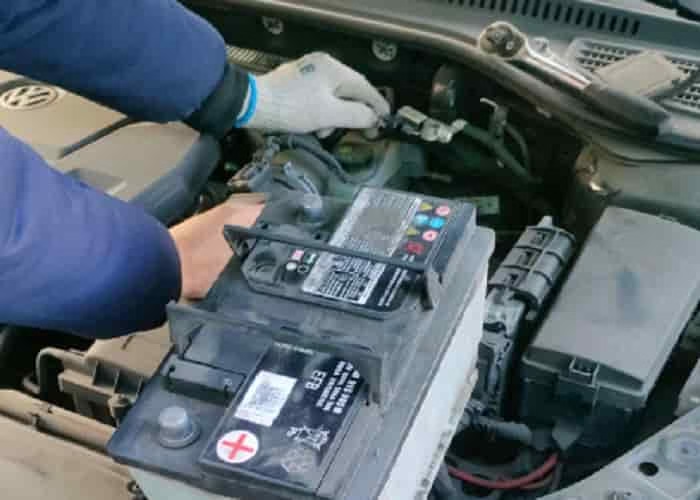


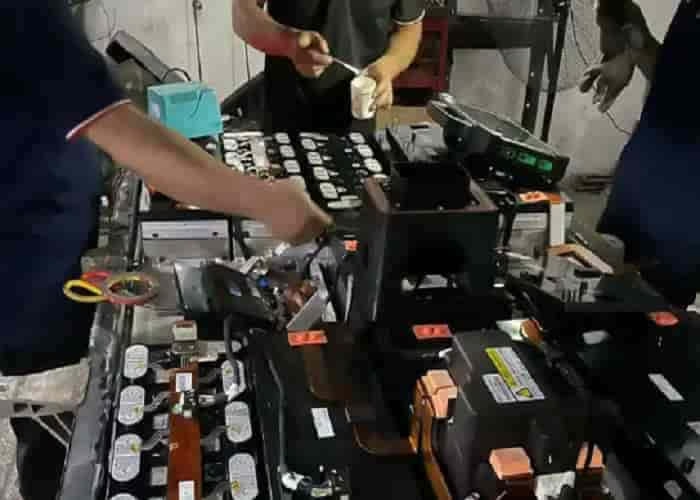


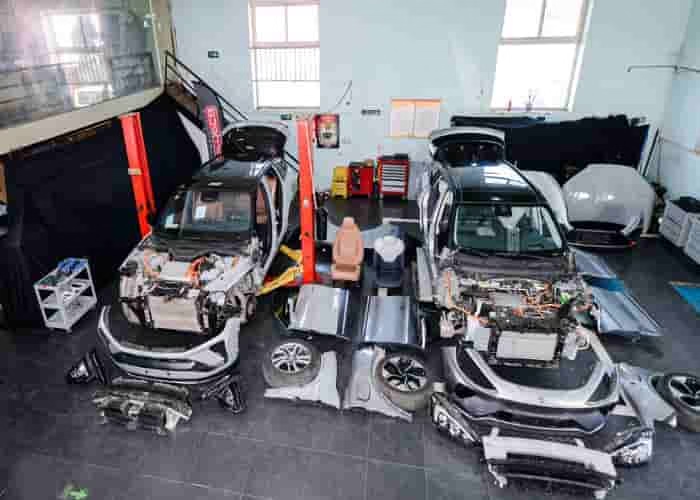


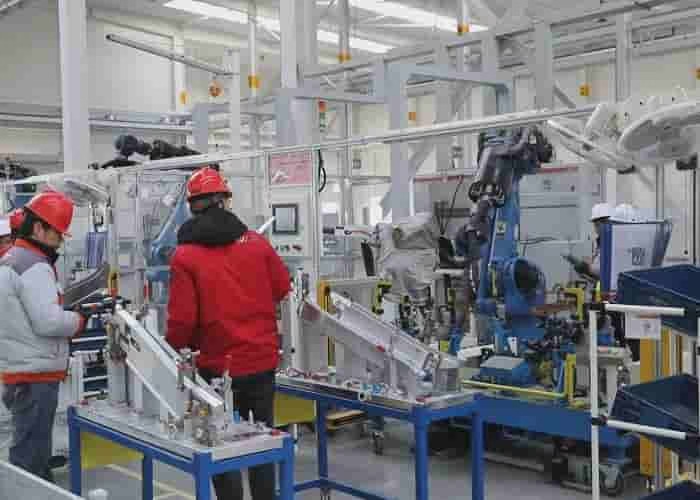
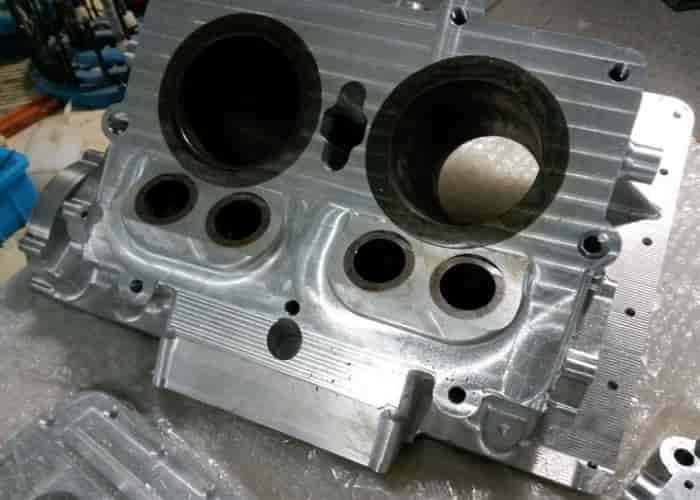




Leave a Reply